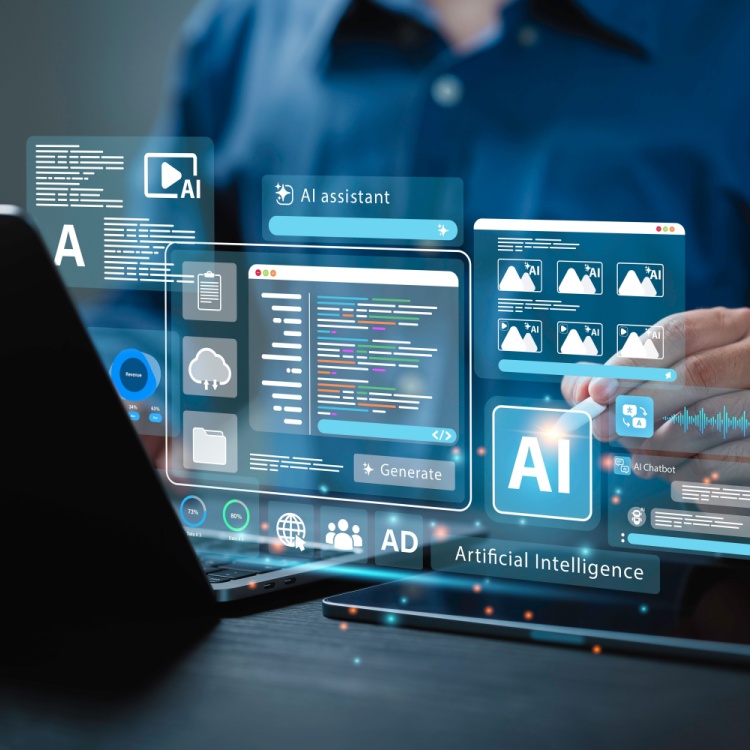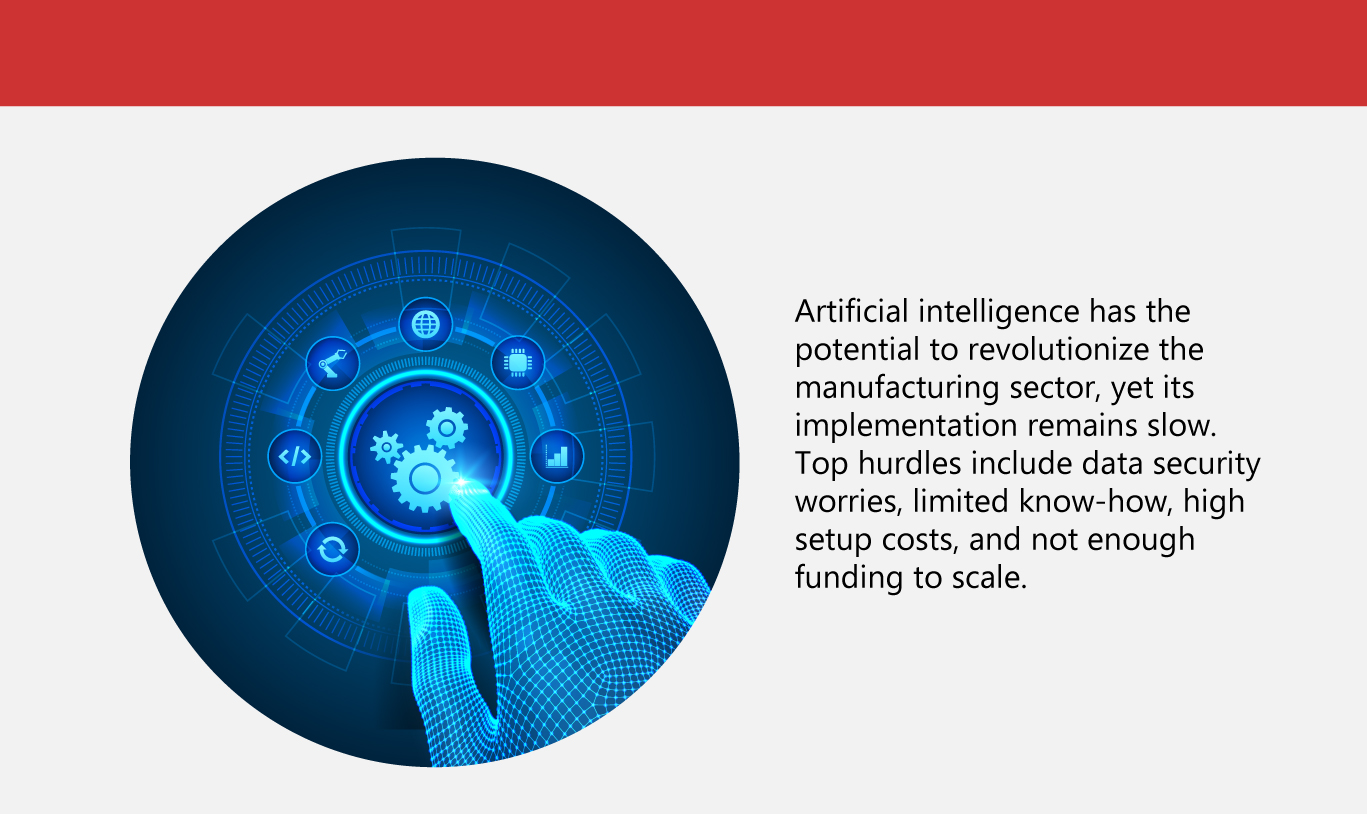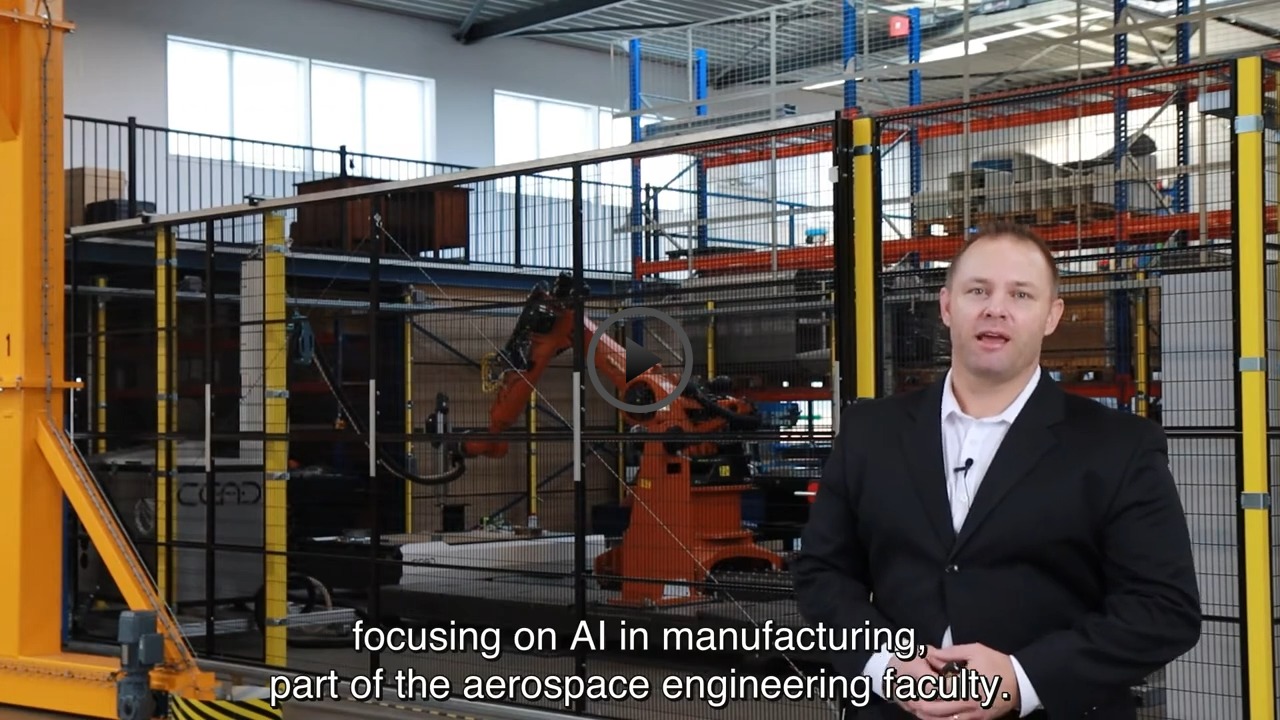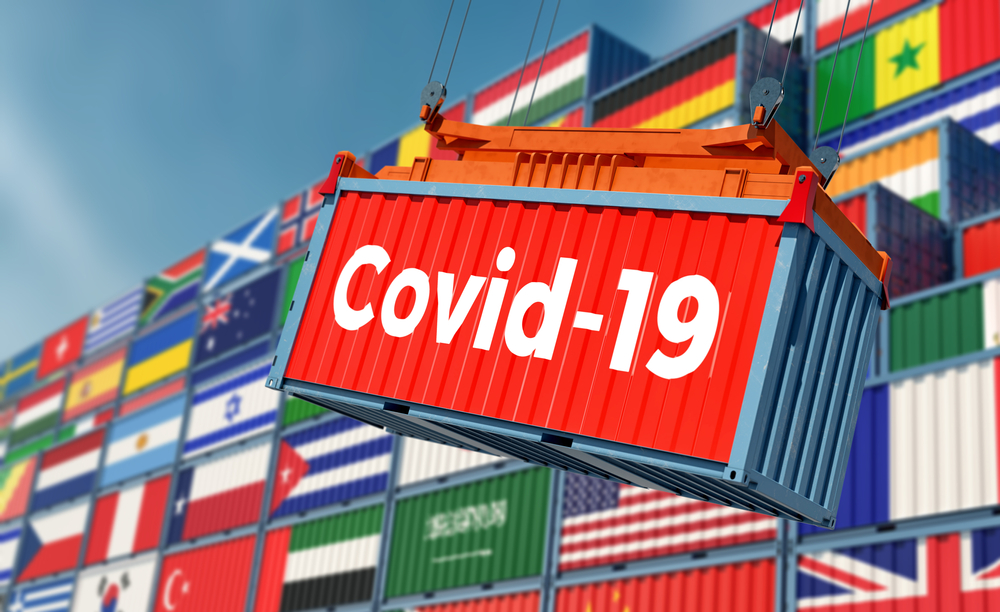How to Prepare Your Employees for AI

How revolutionary is artificial intelligence (AI) in the modern office? Experts say it's ushering in a new era of technology, driven by advanced language models that improve operational efficiency.
According to McKinsey, integrating AI into corporate operations could generate as much as $4.4 trillion in productivity over the long term.
According to a new report by TeamViewer, AI is set to reshape manufacturing, with 71% of industry leaders predicting the biggest productivity boost in a century. The study shows employees are already gaining back around ten hours each month by offloading repetitive tasks to AI.
Meanwhile, a new study finds that when generative AI is applied within its strengths, it can lift the performance of skilled workers by nearly 40% compared to those who don’t use it.
In the industrial manufacturing sector, AI adoption is climbing fast as companies tackle labor gaps and supply chain management issues. Weekly AI use jumped to 78%, up from 46% from 2024. making it a core part of operations. Yet while most leaders see their AI efforts as helping them become future-ready, few feel truly equipped—only 28% call themselves experts, pointing to a growing skills gap.
Harnessing AI to drive manufacturing excellence
Findings from the TeamViewer report reveal that manufacturers are enhancing their capabilities by using AI to automate customer support (28%), analyze data (23%), and optimize supply chains (19%). More advanced uses, such as forecasting and decision-making, are also gaining traction. The report highlights that younger, digitally savvy workers are leading AI adoption and smoothing its integration into traditional manufacturing systems.
McKinsey confirms employees use generative AI far more than leaders expect—three times as many rely on it for a third of their tasks. Over 70% foresee AI reshaping 30% of their work within two years. Millennials lead, being more familiar with AI and expecting work changes sooner than others.
Building on this momentum, the World Economic Forum notes that AI’s true potential goes beyond productivity. By merging structured data with a company’s often overlooked internal knowledge, large language models create a deeper, more comprehensive intelligence. This foundation sharpens decision-making and helps elevate routine work into standout performance.
This enhanced decision-making is already taking shape on factory floors. In manufacturing industries, 77% of decision-makers say AI is vital to streamlining operations—automating routine tasks, minimizing downtime, and allowing teams to focus on strategic priorities. A growing majority (78%) report that AI has shifted their attention toward higher-level decisions.
But the impact goes beyond efficiency. AI is helping raise product quality and cut defects, with manufacturing outperforming other sectors in this area. It’s also empowering the workforce: nearly three-quarters of employees say AI strengthens their ability to interpret data and make informed calls. Many credit it with building new skills, formulating manufacturing solutions, and driving career growth.
The business case is clear, too. With AI embedded in more workflows, 71% of manufacturers anticipate a revenue jump in the coming year—some projecting growth as high as 188%.
Leadership is key in AI adoption
McKinsey's research shows that while nearly all companies are investing in AI, only 1% say they have reached full maturity. The main hurdle is not the workforce, which is already prepared, but leaders who are not acting quickly to drive AI adoption across their organizations.
Leadership plays a crucial role in setting the pace for AI adoption, yet many executives admit progress is lagging. Nearly half of C-suite leaders say their companies are too slow in developing generative AI tools, despite most having increased investment over a year ago.
On the ground, employees are eager to engage, with training seen as the top enabler. Still, nearly half say the support they receive is limited, revealing a disconnect between ambition at the top and implementation across the organization.
McKinsey likens AI today to the early days of the internet—full of untapped potential and poised to reshape industries. Just as the internet gave rise to tech giants like Apple, Amazon, and Microsoft, AI could define the next wave of market leaders.
The research company further notes that truly game-changing AI isn’t born from a reactive mindset. High-impact tools, like robotics in manufacturing, predictive systems in energy, or AI-driven drug discovery, require bold leadership, a clear vision for the future, and a strong commitment to innovation. These are the qualities that unlock AI’s full potential to transform industries.
Embracing AI in the workplace
For manufacturers aiming to lead in the AI era, success depends on thoughtful integration and clear execution.
-
Stay agile with modular tech.
Rapid AI advancements require flexible, modular technology stacks that let companies quickly upgrade or swap tools without rebuilding entire systems—avoiding supplier dependence and speeding innovation and product development.
-
Adapt budgets for AI diversity.
Investing in a mix of AI models—both large and small—requires budget flexibility. Companies that can shift resources to optimize cost and performance will get the most from their AI implementation.
-
Address skill shortages.
Almost 50% of industry leaders acknowledge a lack of AI skills within their workforce. Attracting top talent like AI engineers and data scientists is essential, but so is upskilling current staff. Tailored training, such as technical boot camps for developers and AI tool courses for functional teams, can boost readiness.
-
Implement distributed governance.
Allowing teams autonomy to develop AI solutions while maintaining centralized oversight of risks ensures innovation doesn’t compromise fairness, safety, or transparency. Leadership should focus on policies and high-stakes monitoring while delegating routine checks to business teams.
-
Focus on human-centered AI design.
Involving non-technical employees early in AI development enhances fairness and user acceptance. Yet fewer than half of executives do this now. Cross-functional teams—including HR, legal, and compliance—help build AI systems that meet broad needs.
-
Foster open dialogue.
Honest communication about AI’s impact on jobs helps ease employee concerns and builds trust. Forums for sharing ideas and fears promote a transparent, human-first culture.
-
Leverage leadership and champions.
Younger managers already use AI extensively and can lead adoption efforts. Instead of fearing job losses, leaders should prepare for millions of new AI-driven roles and skill demands.
-
Commit to bold transformation.
With visionary leadership and human-focused approaches, AI can go beyond automating tasks to unlock innovation, growth, and lasting business impact. As one of the Top 20 EMS companies in the world, IMI has over 40 years of experience in providing electronics manufacturing and technology solutions.
As one of the Top 20 EMS companies in the world, IMI has over 40 years of experience in providing electronics manufacturing and technology solutions.
We are ready to support your business on a global scale.
Our proven technical expertise, worldwide reach, and vast experience in high-growth and emerging markets make us the ideal global manufacturing solutions partner.
Let's work together to build our future today.
Other Blog



